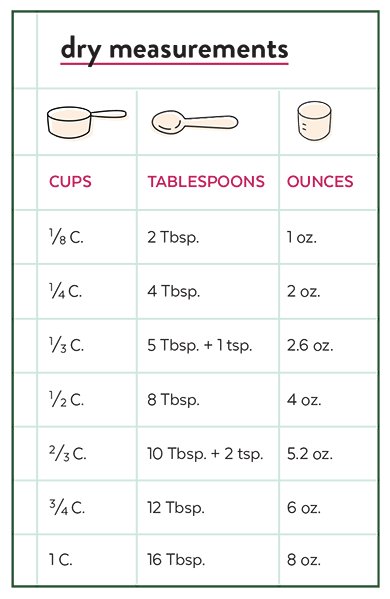Mixing skin tones is a delicate art form that many artists strive to master. To achieve the perfect skin tone, you must understand how to blend colors effectively. Start by combining primary colors like red, yellow, and blue, then gradually add white and a touch of black to create depth and realism. Experiment with different ratios until you find the ideal balance. Remember, practice makes perfect when it comes to mastering how to mix skin tones. Ready to elevate your art to the next level? Let’s dive in and explore the secrets behind creating stunning skin tones.
How to Mix Skin Tones: A Beginner’s Guide to Color Mixing
Welcome, young artists! Today, we are going to explore the fascinating world of mixing skin tones. Whether you’re painting a portrait, creating a character for a story, or simply want to experiment with colors, understanding how to mix skin tones is a valuable skill every artist should have. Don’t worry if you’re new to color mixing; I’ll guide you through the process step by step, and by the end of this article, you’ll be a pro at creating beautiful and realistic skin tones!
The Basics of Color Mixing
Before we dive into mixing skin tones, let’s talk about the basics of color mixing. Colors are made by mixing different hues together. In painting, we often use primary colors (red, blue, and yellow), secondary colors (orange, green, and purple), and tertiary colors (colors made by mixing primary and secondary colors).
Understanding Skin Tones
Skin tones come in a wide range of shades and variations. People have different skin colors based on their ethnicity, background, and exposure to the sun. When mixing skin tones, it’s essential to observe carefully and notice the subtle differences in color, such as undertones of red, yellow, or blue.
Warm vs. Cool Skin Tones
Skin tones can be categorized into warm and cool tones. Warm skin tones have hints of red, orange, or yellow, while cool skin tones lean towards blue, green, or purple. Understanding whether you’re working with a warm or cool skin tone will help you mix colors more accurately.
Creating a Base Skin Tone
To start mixing skin tones, it’s helpful to create a base color that matches the overall tone of the skin you want to paint. Start with a primary color like red, yellow, or blue, and gradually add other colors to achieve the desired shade. Remember, it’s always easier to darken a color than to lighten it, so start with a lighter base tone.
Experimenting with Different Combinations
One fun way to discover new skin tones is by experimenting with different color combinations. Mix red and yellow to create a warm base, add a touch of blue to cool it down, or blend white to lighten the shade. Don’t be afraid to play around with colors and see what works best for your painting.
Adding Depth and Realism
Creating realistic skin tones involves more than just getting the right color. To add depth and realism to your painting, consider factors like light and shadows. Lighter areas of the skin will have highlights, while shadows will be darker. By carefully observing the play of light and shadow, you can make your skin tones come to life.
Using Layers for Dimension
Layering different shades of skin tones can help create a sense of depth and dimension in your painting. Start with a base color, then gradually add darker and lighter tones to build up the skin’s texture and features. Remember, blending is key to achieving smooth transitions between colors.
Practice Makes Perfect
Like any skill, mastering the art of mixing skin tones takes practice. Don’t be discouraged if your first attempts don’t turn out exactly as you hoped. Keep experimenting, exploring new color combinations, and studying the skin tones of real people. The more you practice, the more confident you’ll become in creating beautiful and lifelike skin tones.
Seeking Inspiration
Artists throughout history have created stunning portraits with a wide range of skin tones. Take inspiration from famous painters like Leonardo da Vinci, Frida Kahlo, or Kehinde Wiley. Study their techniques, color choices, and brushwork to enhance your own skills in mixing skin tones.
Now that you’ve learned the basics of mixing skin tones, it’s time to pick up your paintbrush and start creating! Remember to observe, experiment, and practice regularly to improve your color mixing skills. Whether you’re painting a portrait of a friend or designing a character for a story, understanding how to mix skin tones will bring your art to life. Keep exploring, keep learning, and most importantly, have fun with your artwork!
Happy painting!
How to Make Skin Tones with Acrylic Paint! (for idiots)
Frequently Asked Questions
How important is it to mix skin tones accurately in artwork?
Accurately mixing skin tones is crucial in creating realistic and engaging portraits or figures in art. Properly blending shades and highlights can bring depth and life to your subject, enhancing the overall quality and impact of your work.
What are the basic colors needed to mix skin tones?
The basic colors needed to mix skin tones are typically red, yellow, blue, white, and sometimes a touch of black. By combining these primary colors in different proportions, you can create a wide range of skin tones to match various complexions.
How can I achieve a natural skin tone when mixing colors?
To achieve a natural skin tone, start by mixing the primary colors to create a base color. Then, gradually add small amounts of white to lighten the shade and yellow or red to warm it up as needed. Keep experimenting with the ratios until you achieve the desired skin tone that looks realistic and harmonious.
Are there any tips for blending skin tones seamlessly?
One effective tip for blending skin tones seamlessly is to work gradually in thin layers. Build up the colors slowly, paying attention to transitions between different areas of the skin. Use a soft brush and blend colors gently to avoid harsh lines and create a smooth, natural-looking finish.
Final Thoughts
In conclusion, achieving the perfect skin tone involves a blend of primary colors like red, yellow, and blue. By experimenting with different ratios and hues, artists can create a diverse range of skin tones. Remember to adjust the intensity and warmth of each color according to the desired effect. Understanding color theory and practicing mixing techniques are crucial for mastering how to mix skin tones effectively.









